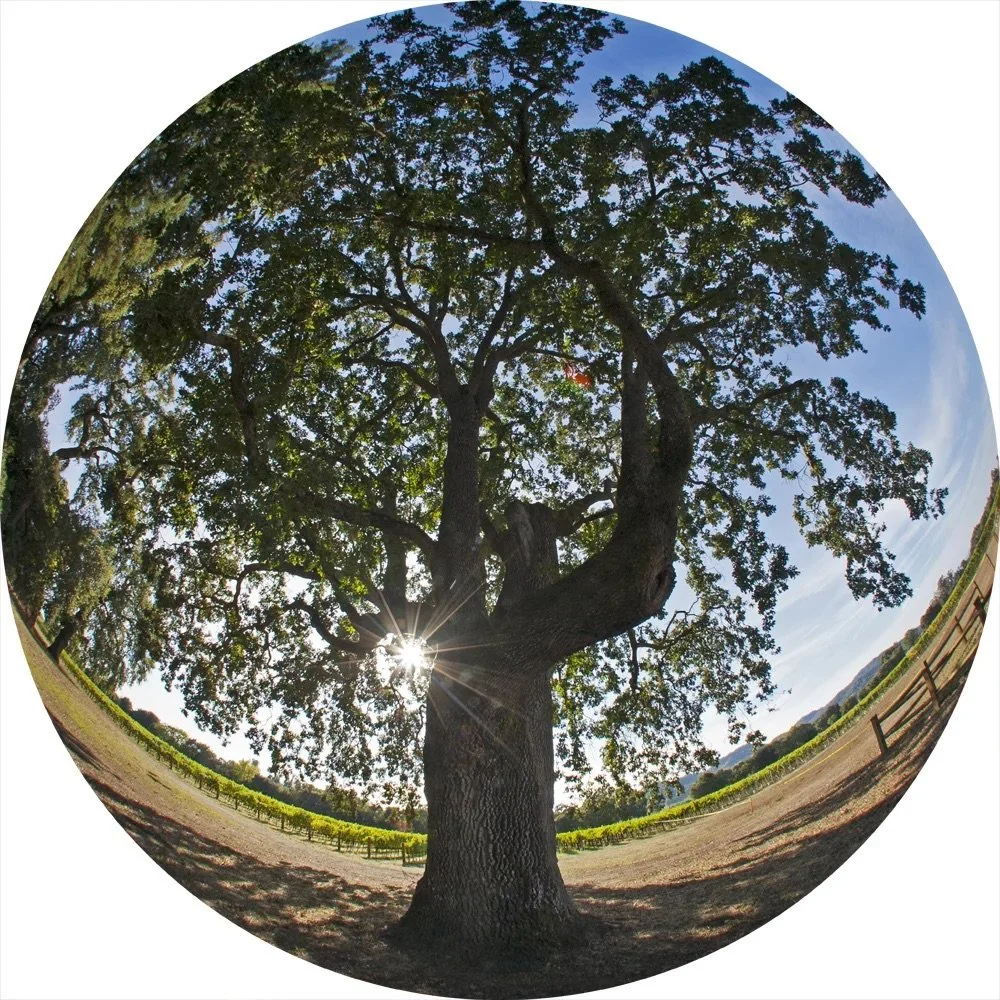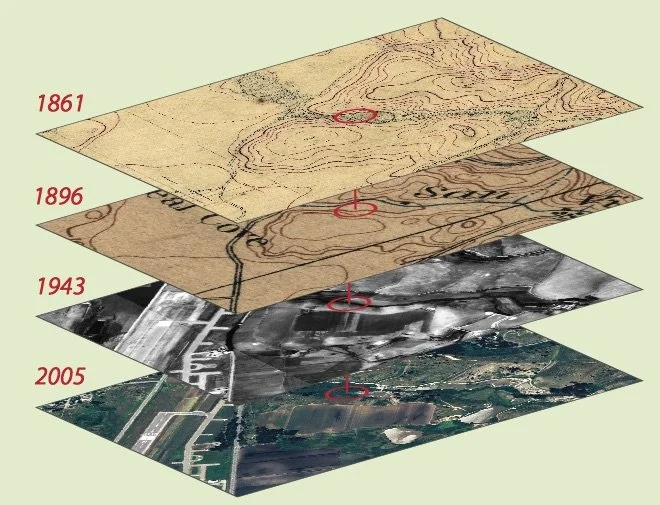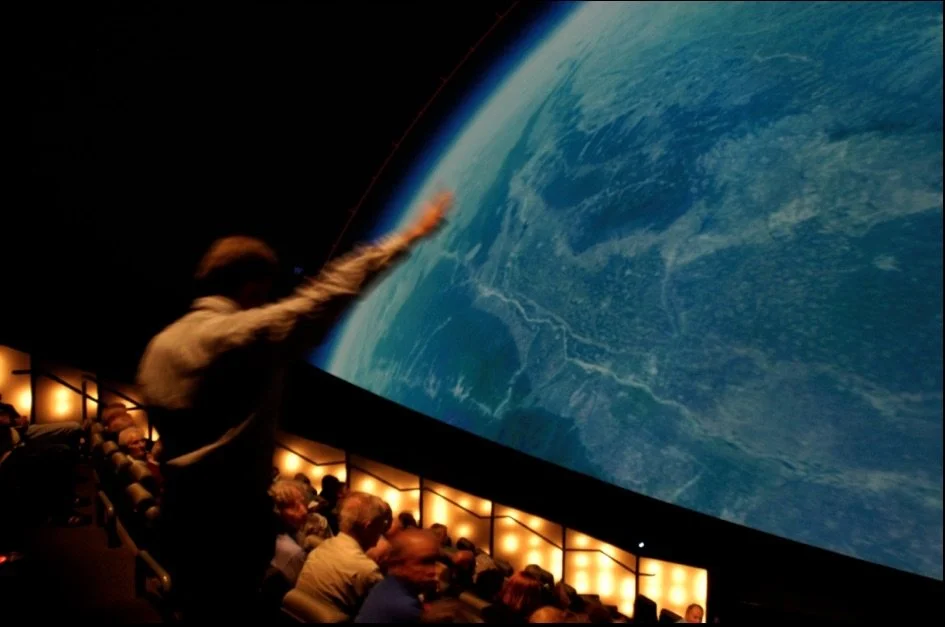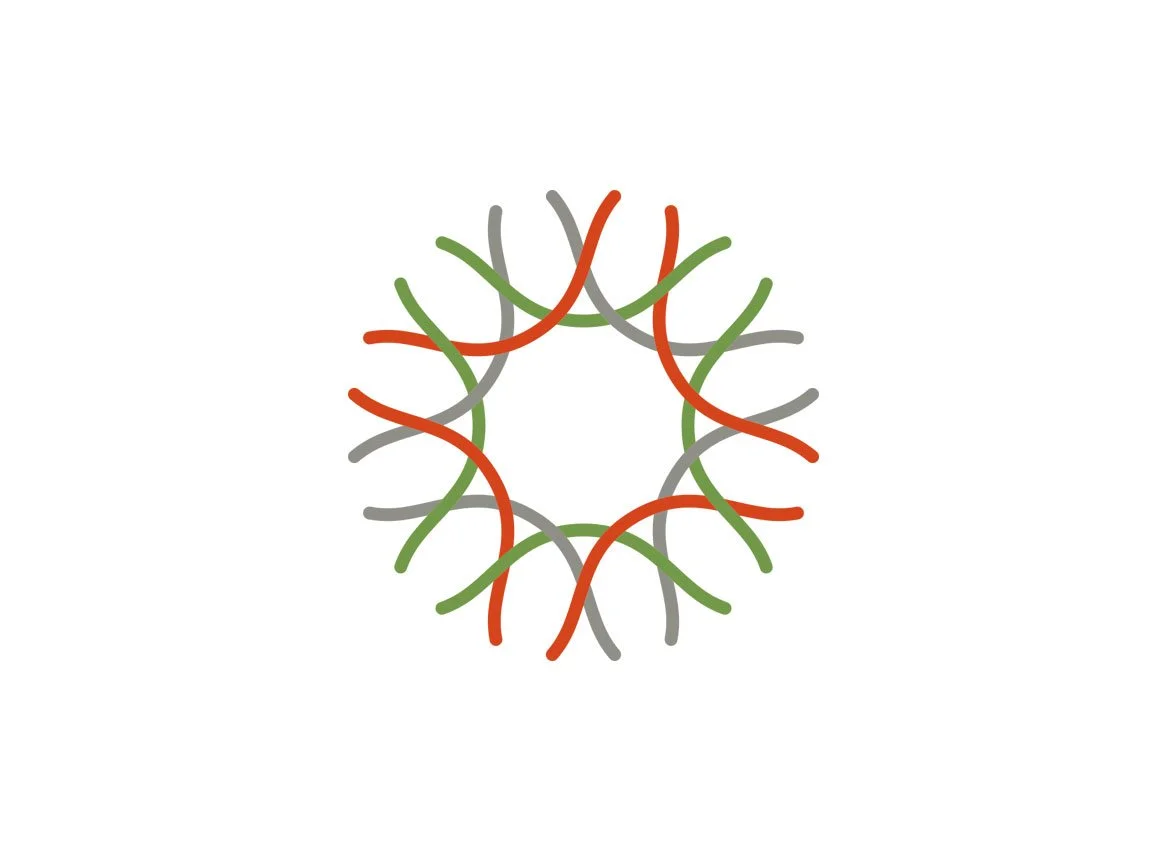California Academy of Sciences
The California Academy of Sciences is the largest natural history museum on the west coast, containing an aquarium, planetarium, rainforest and research collections under a living roof. I spent the first decade of my career in the research division mapping and visualizing biodiversity, sharing discoveries with the public through exhibits, programs, and fulldome planetarium productions.
In 2010, the National Oceanic and Atmospheric Administration (NOAA) awarded the Academy and a consortium of science centers, planetariums, and institutions, to form the Worldviews Network. For three years, the consortium leveraged the power of immersive fulldome planetariums to promote ecological literacy and engage audiences in dialogues around global environmental issues and local responses.
Role: I was part of the core team who wrote the $3M grant and was the production coordinator for the initial series of fulldome programs launched at the California Academy of Sciences (SF), Denver Museum of Nature and Science (Denver), the American Museum of Natural History (New York) and other science centers around the country. Other tasks included scriptwriting, data visualization using GIS, Google Earth, and open source software to research, test, and manage geospatial data for technical artists to render in digital immersive software.
A Global Water Story. Google Earth Tour derived from the planetarium program screened at the Denver Museum of Nature and Science. @2010.
Living Maps. From Cosmos to Community. Rendered video from Uniview; a planetarium software that provides immersive 3D visualizations and integration with satellite imagery and KML files from Google Earth. @2010

"Valley Oaks: An Ecological Journey Through Time" takes a journey from the canopy to the cosmos, exploring the history and ecology of one of California’s most iconic and threatened tree species, the Valley Oak.

Historical maps, satellite imagery and aerial photography were integrated into planetarium platform, allowing presenters to guide audiences through the content in an interactive way. The show revels how Valley Oaks and humans are intertwined in a relationship of disturbance and adaptation, with implications for the health and well-being of Bay Area communities.

The event originally took place at the California Academy of Sciences’ Morrison Planetarium (San Francisco, CA) on December 8, 2011. There were two screenings and dialogues that hosted over 520 people representing a diverse array of participants ranging from policy makers, local tribes, NGOs, educators, and scientists working to help re-establish the Valley Oak in Northern California as well as public audiences during the Academy’s NightLife after-hours event.
